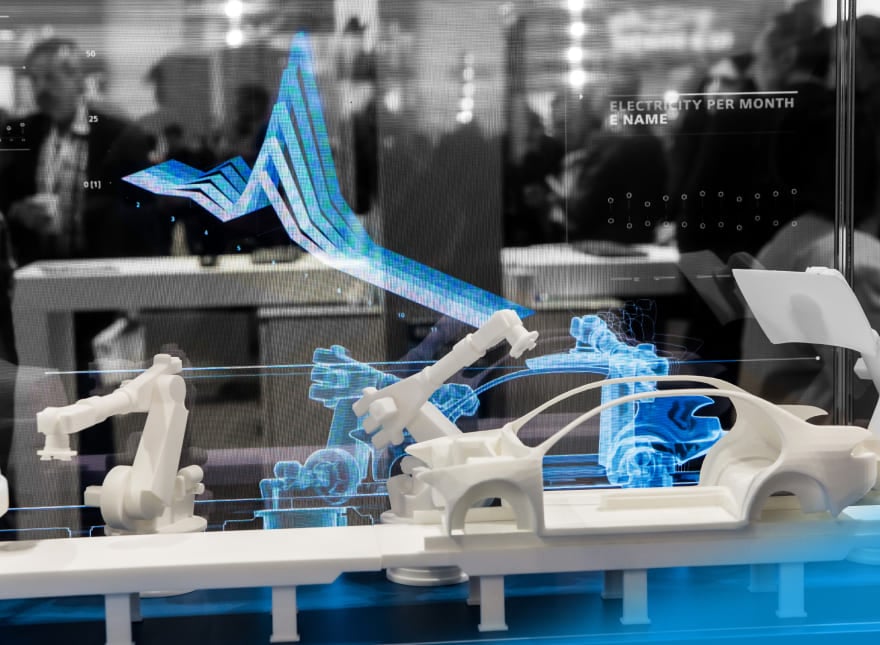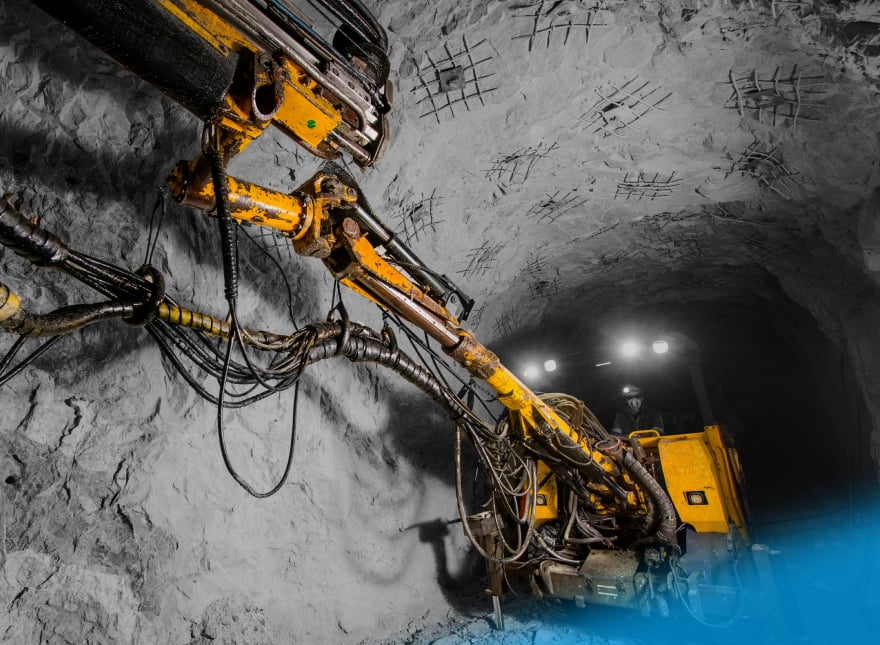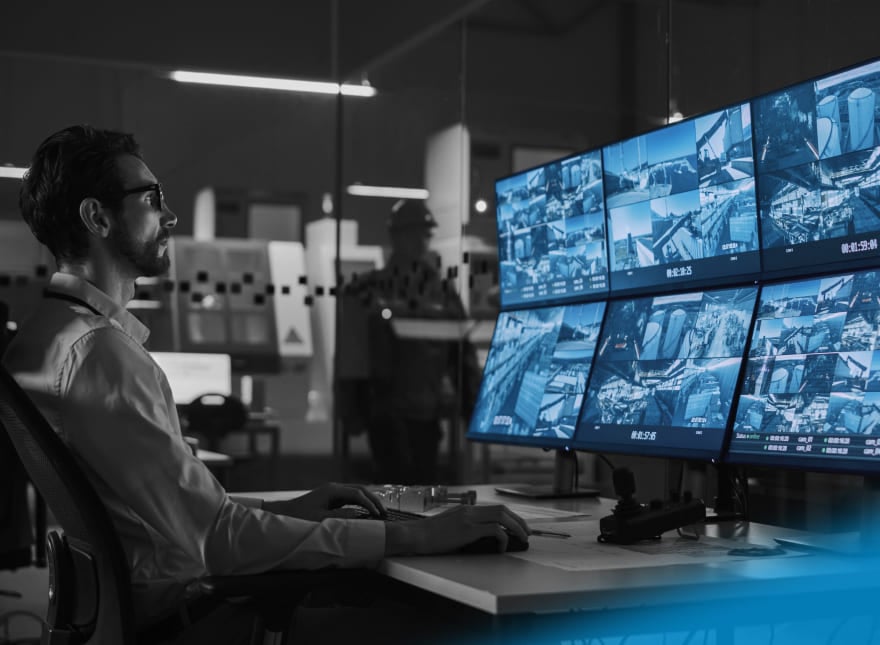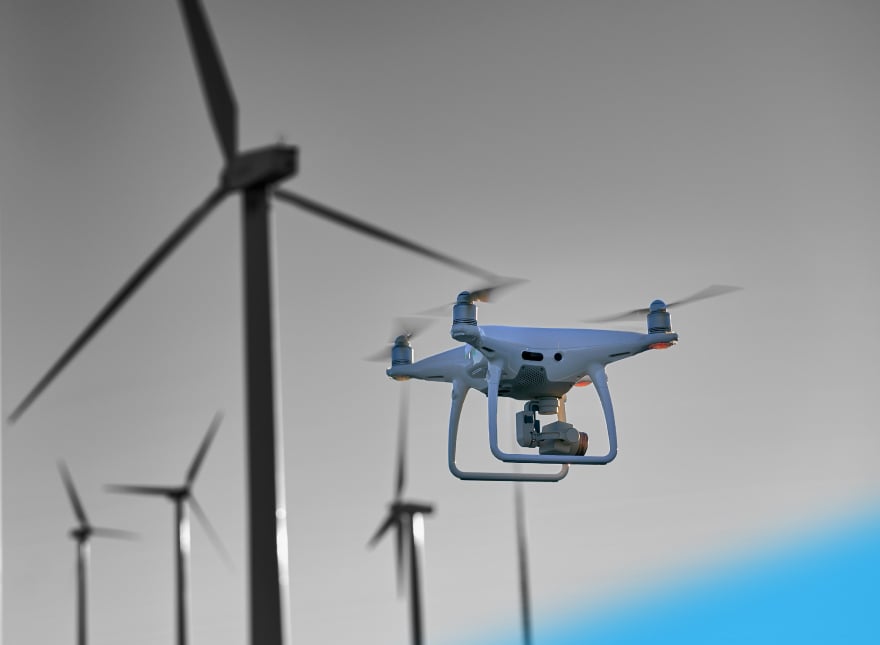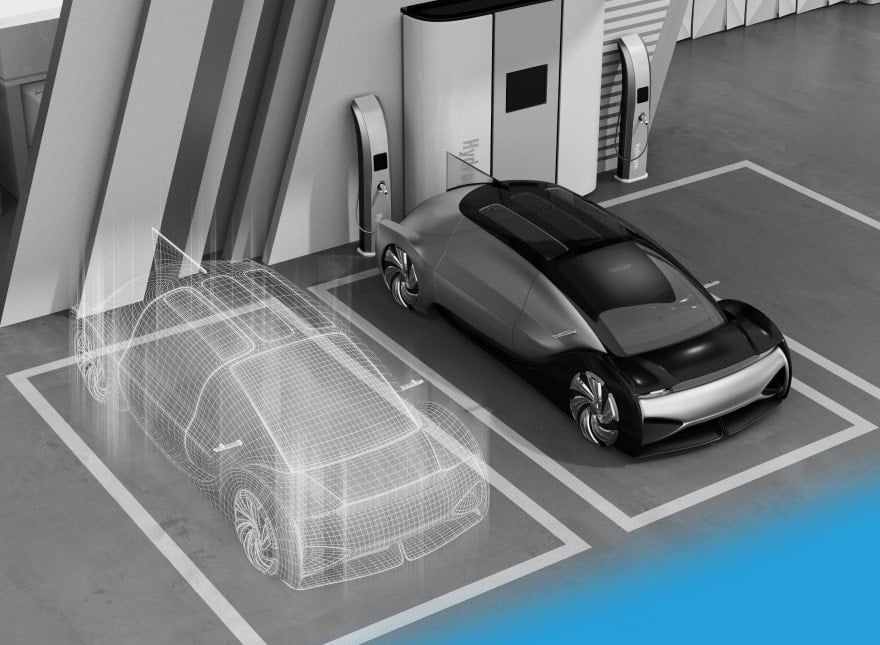As digital twins continue to decrease the complexity of IoT systems, while boosting their efficiency and value, it’s no surprise they’re entering the mainstream. According to Research by Gartner, 24% of organizations that either have IoT solutions in production or IoT projects in progress already use digital twins, and another 42% plan to use the technology within the next three years. Moreover, the digital twins market is projected to reach US$48.2 billion by 2026, as per MarketsandMarkets research.
Digital twins help companies make the most of their IoT solutions: they improve enterprise decision making, accelerate product and process development, and enable predictive maintenance through real-time data acquisition, analytics, and visualization. With digital twins at hand, enterprises drive innovation and business performance, reduce costs, and build better products.
Defining Digital Twins
A digital twin is an exact sensor-enabled digital copy of a physical entity that simulates it in live settings. Digital twins take many forms and copy any aspect of an object or a process. They range from stand-alone gadgets, pieces of machinery, and automobile prototypes to digitally twinned processes at a manufacturing plant and even in urban areas.
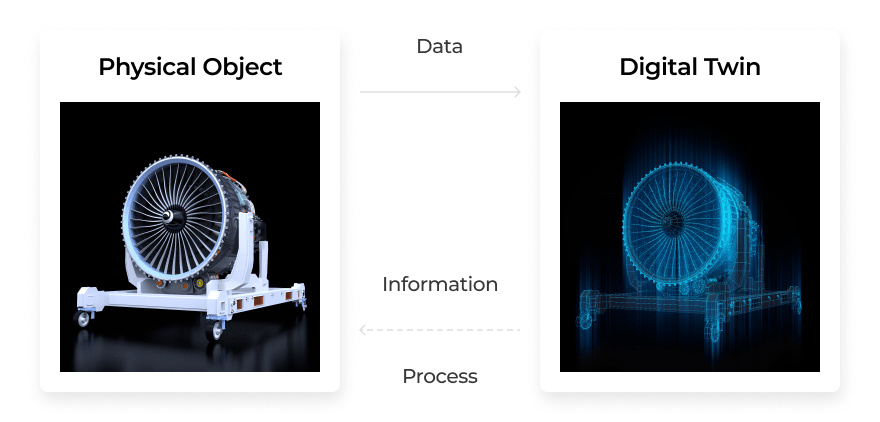
Digital twins can represent the drawings and dimensions of a novel product, or all the subcomponents and corresponding lineage. They may also take an “as maintained” form—a physical representation of equipment. The copy captures how the equipment operates and how engineers maintain it.
Such digital replicas of real-world objects are created based on data collected through motion, light, temperature, and spatial sensors, which is further processed in the cloud and visualized with Augmented or Virtual Reality technologies.
Digital twins enable companies to collaborate virtually, gather and analyze sensor data quickly, simulate conditions in a flexible way, understand what-if scenarios clearly, and predict outcomes more accurately.
Why Digital Twins and IoT Go Together
Digital twin capabilities are not new. Since the early 2000s, disruptive companies have explored ways to use digital replicas to enhance their products and processes. NASA was the first to use digital models. They could not operate, monitor, and repair their systems physically—as they were in space. So they created digital representations to simulate and analyze their systems back on Earth.
However, thanks to the Internet of Things, digital twins have become more affordable to create and deploy. A digital twin in IoT can provide a holistic view of all the capabilities an object has, which helps orchestrate different aspects of an IoT device. By providing a unified model and API, digital twins pair to and work with physical assets smoothly.
With additional software and data analytics, digital twins can optimize an IoT deployment for maximum efficiency, help engineers figure out how things will operate before being physically deployed, and thus future-proof enterprise technology solutions.
IDC projected that by 2022, 40% of IoT platform vendors would integrate simulation platforms such as AWS RoboMaker or IoT Device Simulation solution by Amazon into their products to create digital twins. The forecast predicted that 70% of manufacturing companies would use the technology to conduct process simulations and scenario evaluations.
Digital Twins Use Cases
Today, enterprises from different industries use digital twin capabilities in a variety of ways.
Automotive
In the automotive industry, digital twins are essential tools to optimize entire manufacturing value chains and produce innovative products. For example, an automobile digital twin is a digital 3D model of every part of the vehicle that represents the car as a complex technology ecosystem of electronics, navigation, communication, entertainment, collision avoidance, and climate control solutions. The twin mimics the physical vehicle so accurately that an engineer can virtually operate the car, analyze how it performs, and immediately get all the data and responses.
For example, Ford has integrated the Lanner Electronics predictive digital twin technology within its Powertrain Manufacturing Engineering department as the foundation of its own customized platforms. These twins improve efficiency across Ford’s plants and help top management make accurate predictions while having increased production visibility and the ability to react to external factors before any problems can occur.
Energy
In the energy sector, digital twins are used to optimize the operation and maintenance of physical assets, systems, and manufacturing processes.
With the rise of digital twinning in the energy industry, companies can carry out a real-time analysis and get critical efficiency parameters to prevent downtime, improve uptime, predict equipment failure, and reduce high physical repair costs.
To avoid excessive costs, duplicated labor, suboptimal system performance, and system-wide blackouts, Siemens introduced the Electrical Digital Twin. Siemens Electrical Digital Twin facilitates grid simulation across all domains relevant for reliable, efficient, and secure electrical system planning, operation, and maintenance.
Construction
Digital twins can help construction companies accelerate and automate traditional design, production, and operational processes. With the help of twins, facility managers know how a building is performing in real-time, which enables them to tweak performance to optimize efficiency.
Virtual clones are also put to use to design connected buildings. Engineers simulate how a building is used based on sensor data and test changes in its design. Additionally, the digital twin can identify rooms that waste too much energy or are rarely used.
The Canadian tech company CadMakers helped cut time and costs when they used a digital twin to build the Brock Commons Tallwood House in Vancouver. The company provided a model to plan out the building's prefabrication and construction with a simulation of on-site assembly of the manufactured parts. As a result, the 20-month project was completed in only 17 months and delivered in half the time of an equivalent building using traditional methods.
Healthcare
Digital twin technology plays an essential part in reforming the health sector. By creating digital twins of hospitals, operational strategies, staffing, and care patterns, medical companies can determine what actions to take, deliver data-driven personalized medical support, and optimize patient care, costs, and performance.
Cardiovascular researchers utilize highly accurate virtual models of the human heart for clinical diagnoses, education, and training. There are also smart bandages that gather data from wireless sensors to diagnose patients. The collected data helps administer the right treatment faster and allows doctors to monitor people remotely.
Hewlett Packard Enterprise created digital models of the brain for research purposes. Called Blue Brain 5, the twin simulates neuroscience, simulation-based research, analysis, and visualization. The digital organ is used to advance understanding of the human brain.
Manufacturing
Manufacturing digital twins offer an opportunity to simulate and optimize the production system, including its logistical aspects, and enable a detailed visualization of the manufacturing process from single components up to the entire assembly.
In the sphere of the Industrial Internet of Things in general and manufacturing in particular, digital equals replicate each part of the equipment and element of the operation. Sensors collect various operational data from the machinery for digital twins to consolidate and analyze these data sets. Then, if deviations in performance are identified, engineers can proactively optimize their production processes.
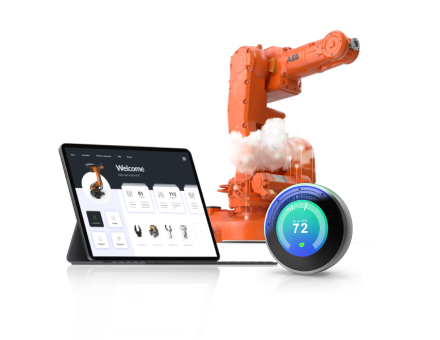
Boeing uses digital twins to design aircraft to predict the performance of different airline components over the product’s lifecycle. As a result, the company’s engineers can anticipate when products may fail. According to the statistics, they achieved a 40% improvement rate in the first-time quality of parts using the digital twin concept.
Digital Twins Business Value
Digital twins are powerful proxies of the physical world to drive innovation, performance, and improve the customer experience. Their adoption accelerates in various sectors, especially those with capital-intensive assets and processes.
That being said, even more enterprises will follow the trend as early adopters of virtual doppelgangers demonstrate first-mover benefits in their respective sectors. By implementing digital twins, enterprises can:
- Learn how users interact with a product and how the product performs in real-world environments (compared to tests conducted under ideal circumstances)
- Reduce the gap between project conceptualization and implementation
- Achieve greater transparency in asset management
- Gain more operating data on routine and abnormal situations
- Make data-driven business decisions when evaluating equipment performance
- Confirm that the components of an IoT solution won’t interfere with each other when the product goes live
- Troubleshoot equipment remotely
- Identify the most viable strategies for real-life pilot tests
- Continuously optimize their product feature set to meet customer requirements
Bottom Line
The rise of digital twins coincides with the rise of the IoT. Gartner predicts that there will be billions of things represented by digital twins within the next five years. As the tech world is on the cusp of a digital twin technology explosion, enterprises that are not already utilizing digital twins should plan to investigate their potential to gain a competitive advantage.
More articles on the topic

